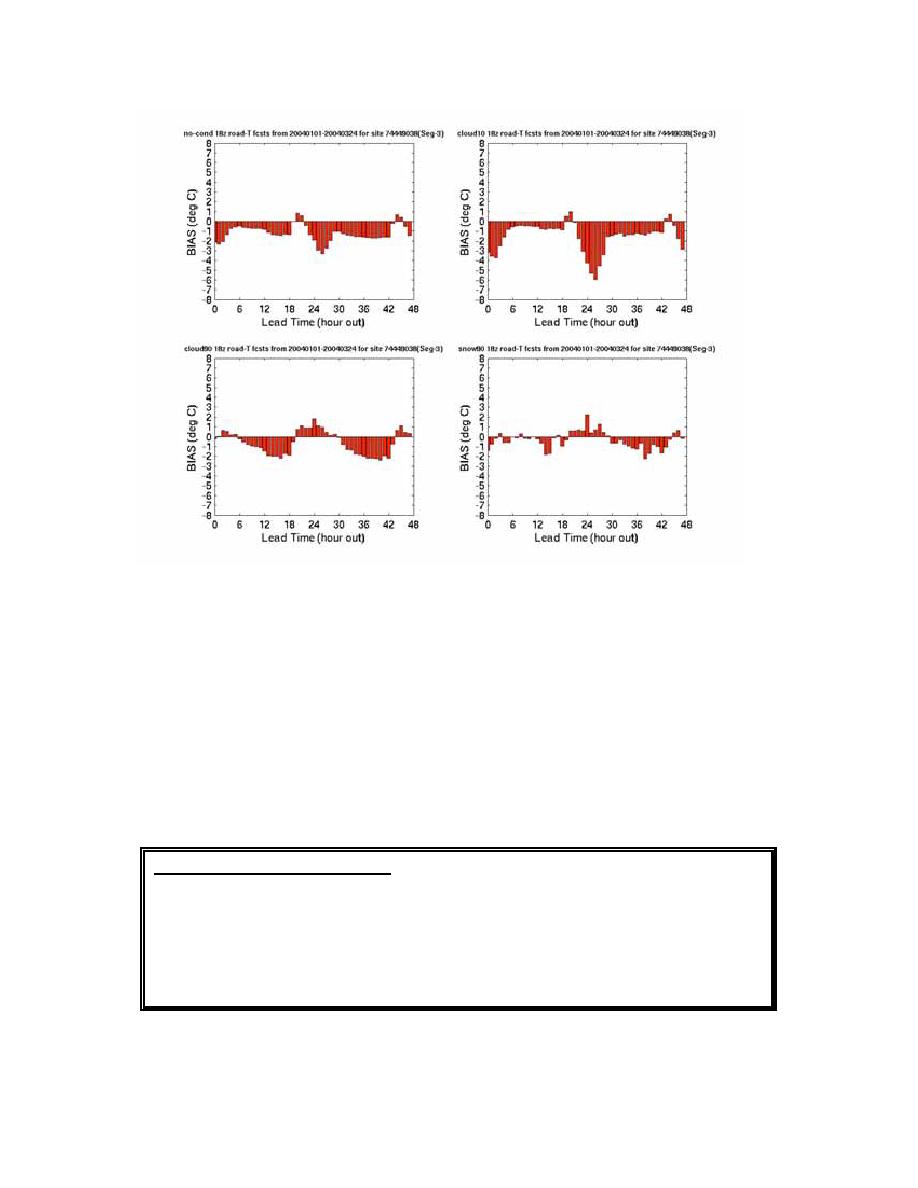
Fig. 11.15. Same as Fig. 11.14, except for bias (from left to right, top to bottom).
The road temperature predictions were the most accurate during snowy periods,
particularly at night. During nighttime snow events, the RMSE ranged from 0.5 to 1.5 C.
The next best skill occurred during cloudy days and the least skill occurred during clear
or partly cloudy days. It is no surprise that these results strongly suggest that the
prediction of insolation is critical and that the weather models have difficulty predicting
insolation on partly cloudy days. Additional research focused on insolation prediction is
required. If real time insolation data become available, perhaps some statistical correction
techniques may helpful. Model physics and data fusion techniques may also provide
opportunities for improvement.
Results and Recommendations: Road temperature prediction skill varied
greatly between day and night and between cloudy and clear conditions. When
solar radiation values were low, the road temperature prediction accuracy was
quite good (within 1 to 2 C). The analysis suggests that an improvement in the
prediction of insolation may provide a major improvement in road
temperature skill. Methods and techniques aimed at improving insolation
prediction should be investigated.
115



 Previous Page
Previous Page
